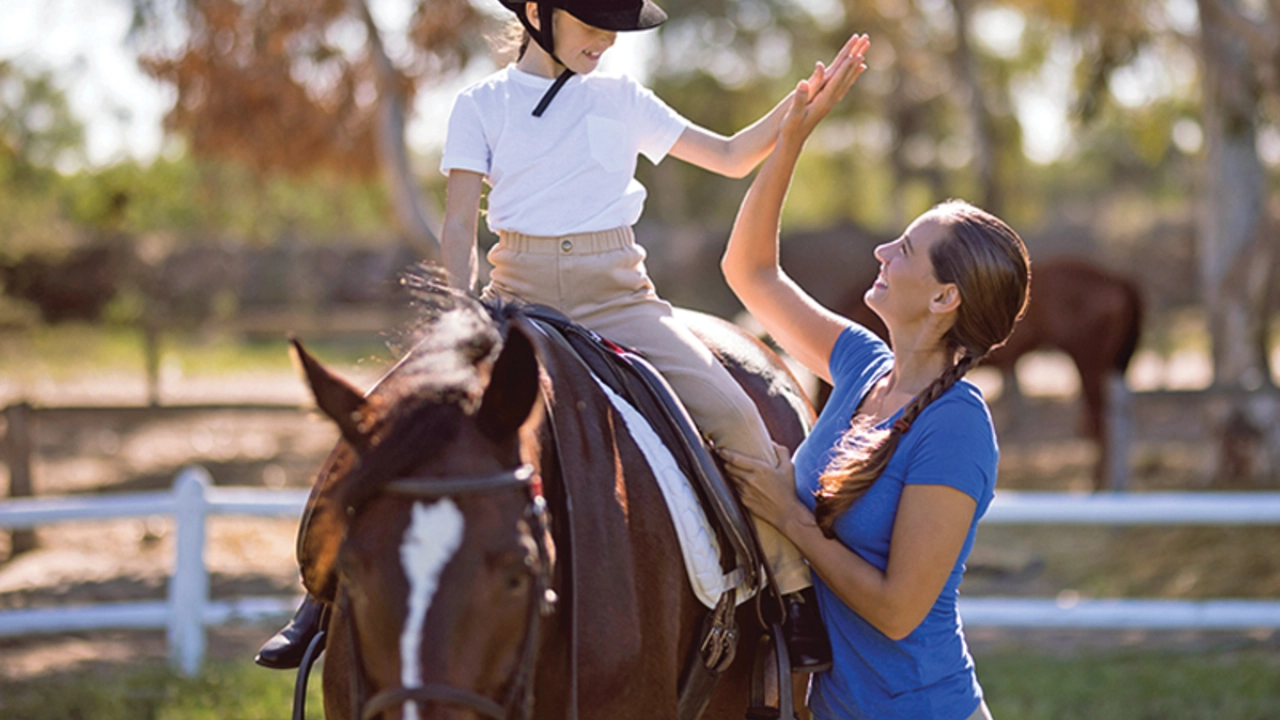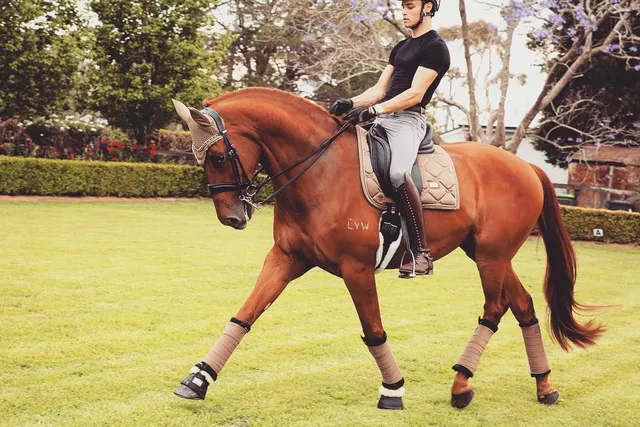One-Week Training Guide for Riders
Got a few days off and want to see real progress in the saddle? A focused one‑week training plan can give you a solid lift in confidence and skill without a huge time commitment. This guide breaks down daily goals, equipment checks, and recovery tricks so you can make every minute count.
Day‑by‑Day Schedule
Day 1 – Assess and Warm‑up: Start with a quick body check. Stretch your neck, shoulders, back, and legs for 5‑10 minutes. Then spend 20 minutes riding at a walk and trot, paying attention to your posture. Note any areas where you feel unbalanced or tight – those become your focus points for the week.
Day 2 – Core and Balance Work: Off‑horse exercises are essential. Do a 15‑minute routine of planks, side‑planks, and bird‑dogs. Finish with 10 minutes of balance drills on a wobble board or a simple line on the floor. Strong core muscles help you stay steady when the horse speeds up.
Day 3 – Riding Technique: Reserve 30‑40 minutes for a lesson or a self‑guided session. Work on your reins: keep a light, consistent contact and practice small, steady cues. Try transitioning from a trot to a canter and back, focusing on smooth timing.
Day 4 – Speed and Endurance: Mix in a short trail ride or a round‑pen exercise that includes a few canter intervals. Aim for 3‑5 canter bursts of 30 seconds each, with a walk or trot recovery in between. This builds stamina for both you and the horse.
Day 5 – Flexibility and Recovery: Light yoga or stretching session for 20 minutes, targeting hips, hamstrings, and lower back. Follow with a gentle walk on the horse to keep the muscles warm while you relax.
Day 6 – Skill Integration: Combine everything you practiced. Start with a warm‑up, then do a series of transitions (walk‑trot‑canter) while maintaining a steady seat. Finish with a 5‑minute cool‑down at a walk.
Day 7 – Review and Plan Ahead: Ride at a comfortable pace and reflect on the week’s progress. Write down what improved and what still feels shaky. Use these notes to shape your next month of training.
Tips for Success
Keep a training journal. Jotting down the time, weather, horse’s mood, and your own feelings helps you see patterns and stay motivated.
Stay hydrated and eat balanced meals. Energy levels drop fast if you skip meals, and dehydration can make you feel tense on the saddle.
Pick the right gear. A well‑fitted helmet, boots with a small heel, and a snug saddle protect you and let you focus on the ride.
Listen to your horse. If the animal shows signs of fatigue—drooping ears, slower pace—give it a break. A rested horse makes training more effective.
Don’t rush the process. Even though the schedule is tight, quality beats quantity. Short, focused sessions beat long, sloppy rides.
Finally, celebrate small wins. Nailing a clean canter transition or feeling steadier on a walk are real achievements that keep you moving forward.
With this one‑week plan, you’ll leave the stable feeling stronger, more balanced, and ready to take on longer training programs. Give it a try, adjust where you need to, and watch your riding confidence grow fast.



